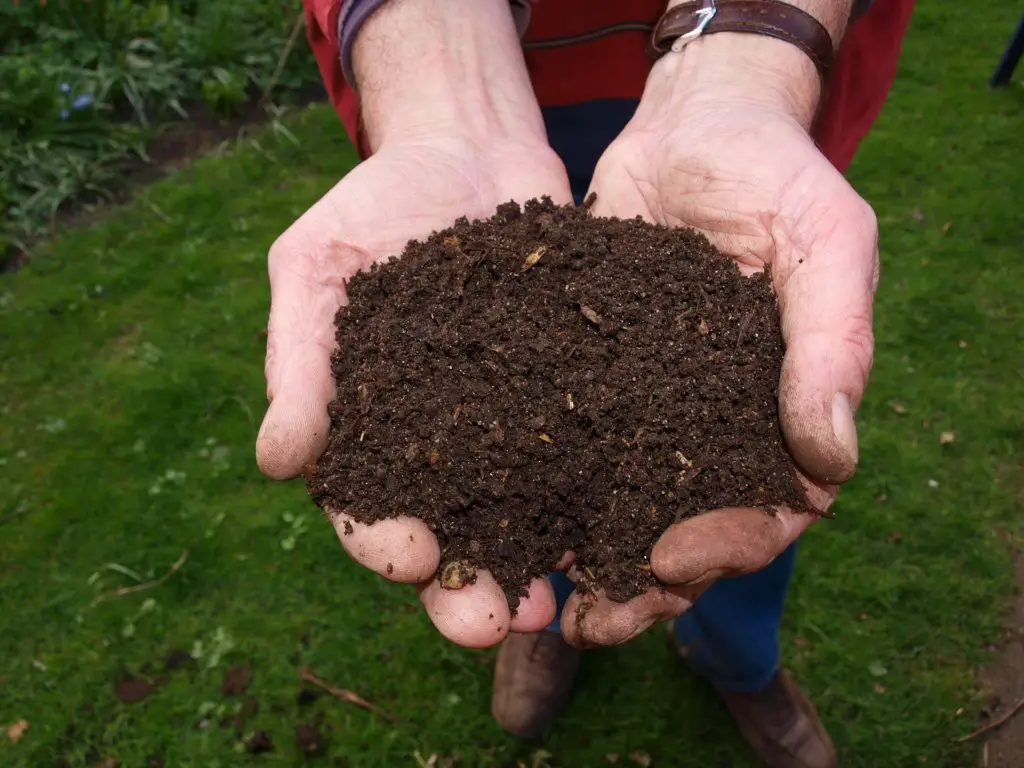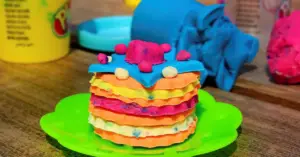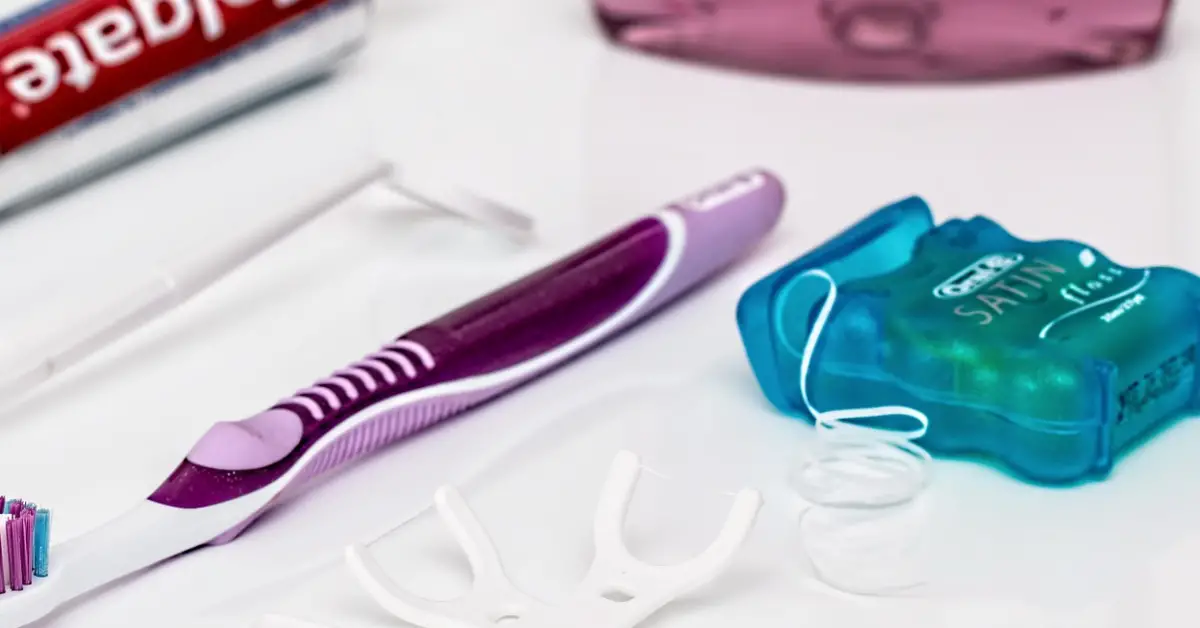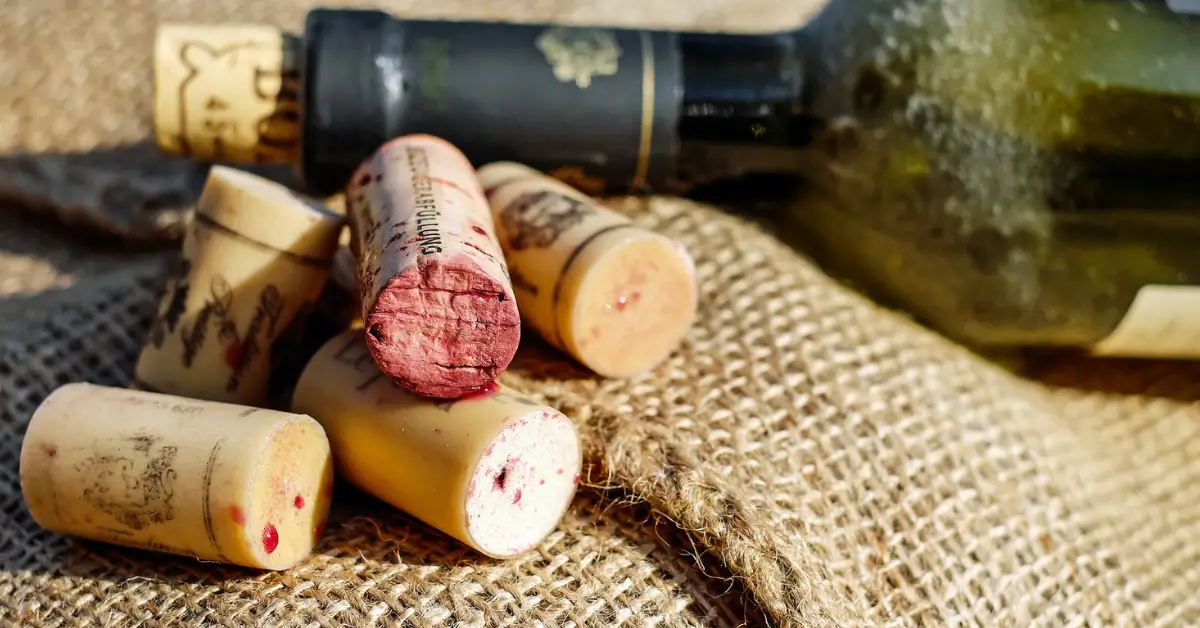Cellophane has been keeping our food fresh and flower bouquets together, amongst other things, for nearly a century now. Although not as popular as it once was due to the different options available, we still use a lot of the stuff. This, inevitably, leads to waste. Is cellophane biodegradable – or is it destined to hang around in landfill forever?
What is cellophane made from?
To decide whether cellophane is biodegradable or not, we need to identify what it is made from. Real cellophane is made from cellulose that has been extracted from natural materials such as wood cotton or hemp. It goes through a number of processes, using different chemicals, to form the transparent material that has become a staple of daily life.
Cellophane comes in two main types: coated and uncoated. Cellophane is a great barrier to air, oils and greases but it is permeable to water vapor in its uncoated form. To prevent this, it can be coated with nitrocellulose to prevent this, improving its usability in certain settings.
How to identify cellophane – cellophane or plastic?
Often cellophane is the name people use for any type of thin, transparent wrap. However, all transparent wrapping is not cellophane! Other wraps may look like cellulose-derived cellophane but are actually made from plastic. Options for their disposal differs so it is important to know what type of waste you are dealing with.
The best way to do this safely is by folding the material-in-question. If it is cellophane, much like a bit paper, it will remain folded. Plastics, on the other hand, will not act in this way. Another way to check if an item is cellophane is to check with the original supplier – the type of packaging should be clear on the listing if bought online.
Is cellophane biodegradable?
A material is said to be biodegradable if it can be broken down by micro-organisms such as bacteria. It essentially returns to nature. Cellophane, due to being derived from nature, happily returns to nature after use – it is 100% biodegradable.
If cellophane was to end up in landfill, although not ideal, it would biodegrade. It would not stick around for too long either. Some materials can take years to biodegrade – cellophane can take as little as 10 days if it is not coated. The coated nitrocellulose variety takes a bit longer, 2-3 months should do the trick.
Is cellophane compostable?

Composting is a great way to dispose of organic waste – diverting it from landfill whilst producing a nutrient-rich fertilizer for your garden. It is a common misconception that anything biodegradable is fit for the compost pile. This is, sadly, not the case. Some items have chemicals that can contaminate the pile whilst others may simply not be able to contribute to a nutrient-rich end product.
Cellophane is both biodegradable and compostable. Although, unless you are in the restaurant business – it is unlikely that you will go through enough cellophane in your day-to-day life to produce a significant amount of fertilizer! However, it is a great way to dispose of it none-the-less and diverts it from landfill where conditions are less optimal for biodegradation.
Compost ingredients fall into two different categories. ‘Green’ items are nitrogen-rich whilst ‘browns’ are carbon-rich. Cellophane falls into the ‘browns’ category. It is important to bear this in mind when adding items to the pile – a healthy pile has to have an appropriate mix of the two types. We recommend 1:1 to keep things a bit more simple, but different sources have different opinions on this controversial subject! As always, monitoring the pile is really important – a slimy, smelly or dry compost pile can be tell-tales signs of an inappropriate mix of ingredients.
If are new to composting, you can find the answers to some frequently asked beginners’ questions here.
The bottom line
Genuine cellophane is biodegradable, and it can be composted. However, the term is often used for all transparent wraps. Other products are often made from plastic rather than cellulose. These are not biodegradable and cannot be composted. Although, sometimes these can be recycled (depending on your local services, of course). Deciding whether it is genuine cellophane or a plastic wrap is the first step of disposing of it in a planet-friendly way!








